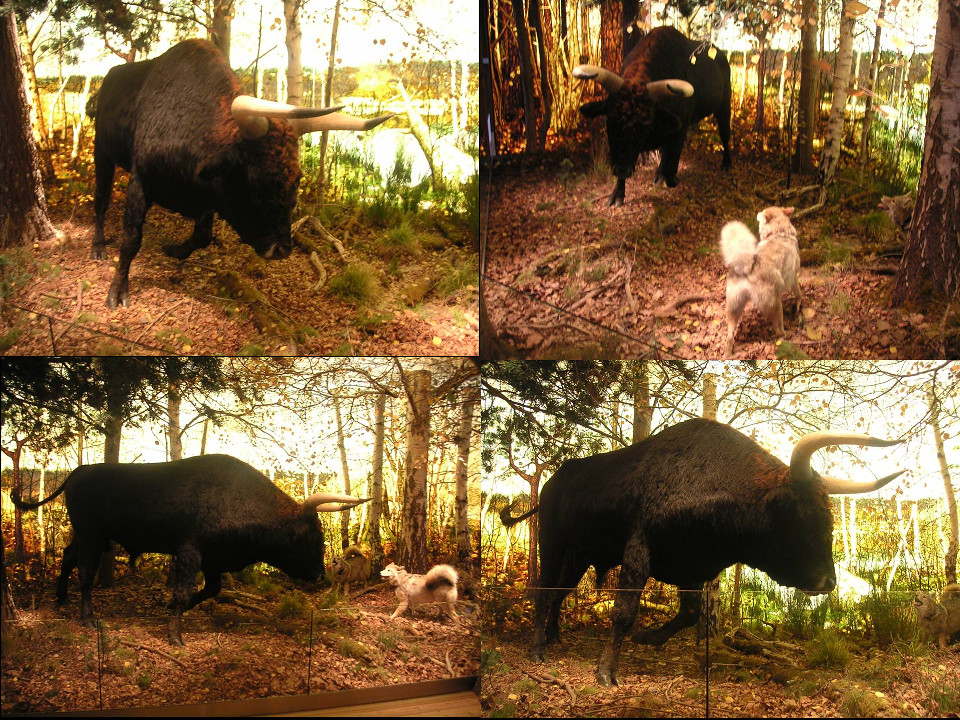The True Nature Foundation has now granted rights to set up breeding herds in all the nature reserves of the Dutch municipality of Boxmer along the river Maas, which means a considerable expansion for the project. The Uruz Project now also has access to more Chianina from a large herd in the Netherlands.
One or two bulls of those Chianina will be put on their Watussi cows near Breda. The Watussi at Kloster Lorsch, Germany, is still not mature. Meanwhile the Chianina there will be inseminated with the semen of Lidia bulls. Lidia-Chianina is a interesting combination, and in my opinion could result in really nice individuals in the second or third generation. And Watussi will compensate the small horns.
To make it easer, crossbred embryos will produced and implanted to local cattle in their sites in Romania and the Ukraine. As far as I understand, this saves them the efforts of importing cattle there.
They will move the cattle in early spring, and Exmoor ponies will be introduced into the reserves as well. In Spain, the TNF also plans to build up pure Lidia herds and select them for the desired traits. I am really happy about that, I always considered that a good ideal - imagine a Lidia herd that regularly has the right colour with the right dimorphism and good, aurochs-like horns.
 |
| One of their Chianina cows |
UPDATE: It's not the Chianina at Kloster Lorsch that will be insemited by Lidia, but those in the Netherlands.












